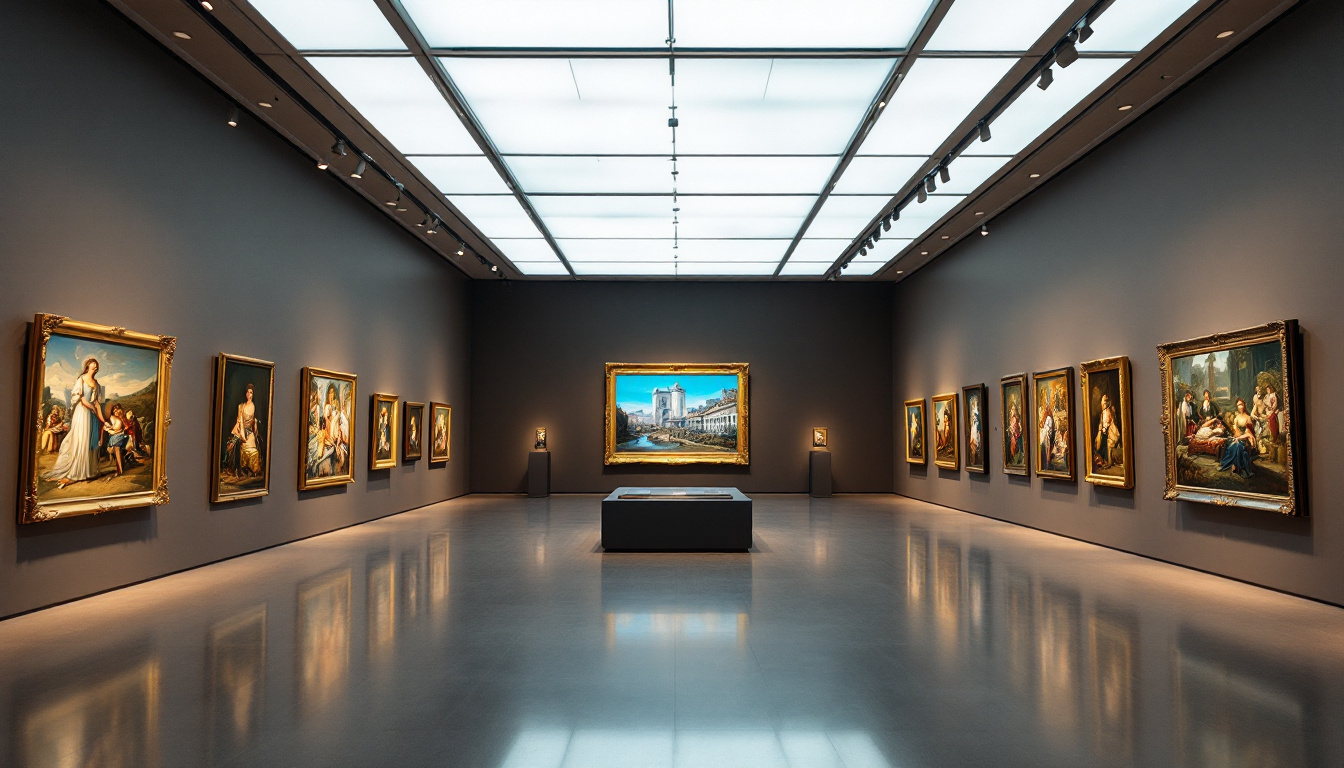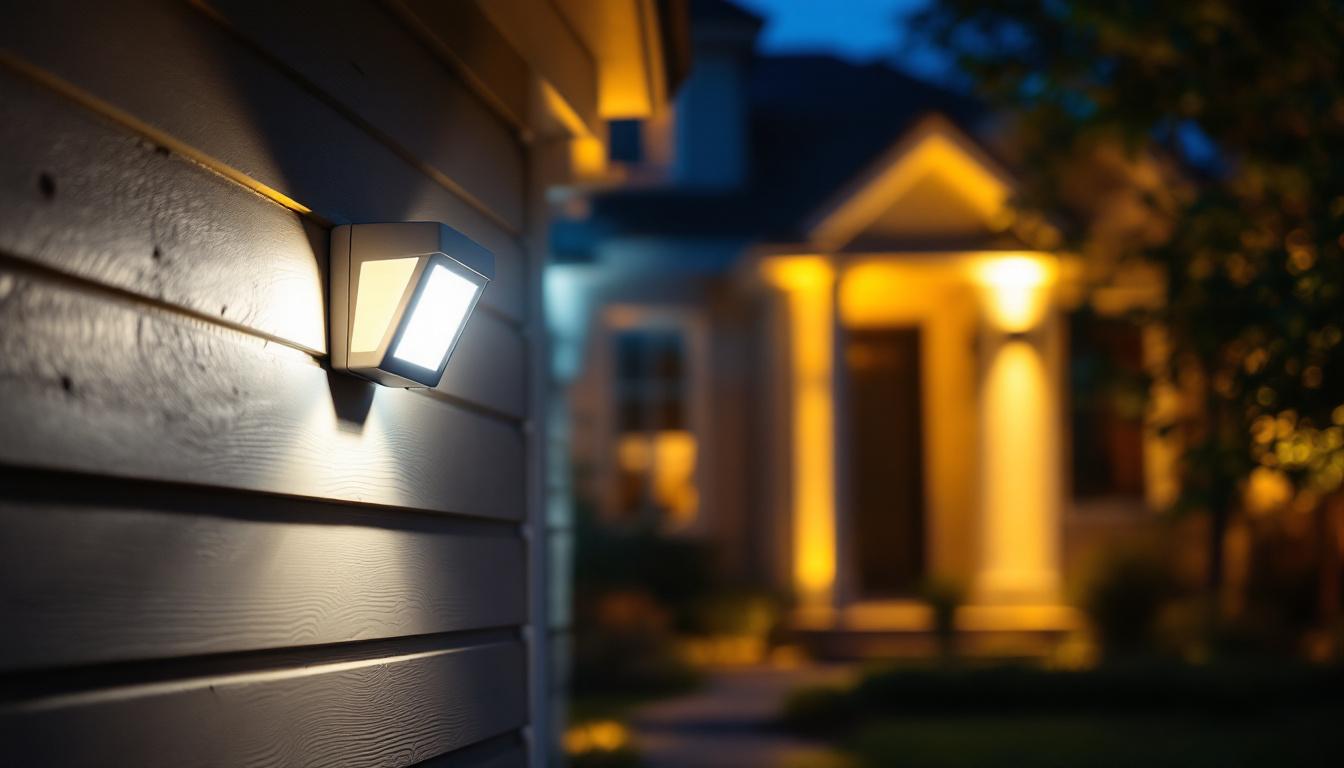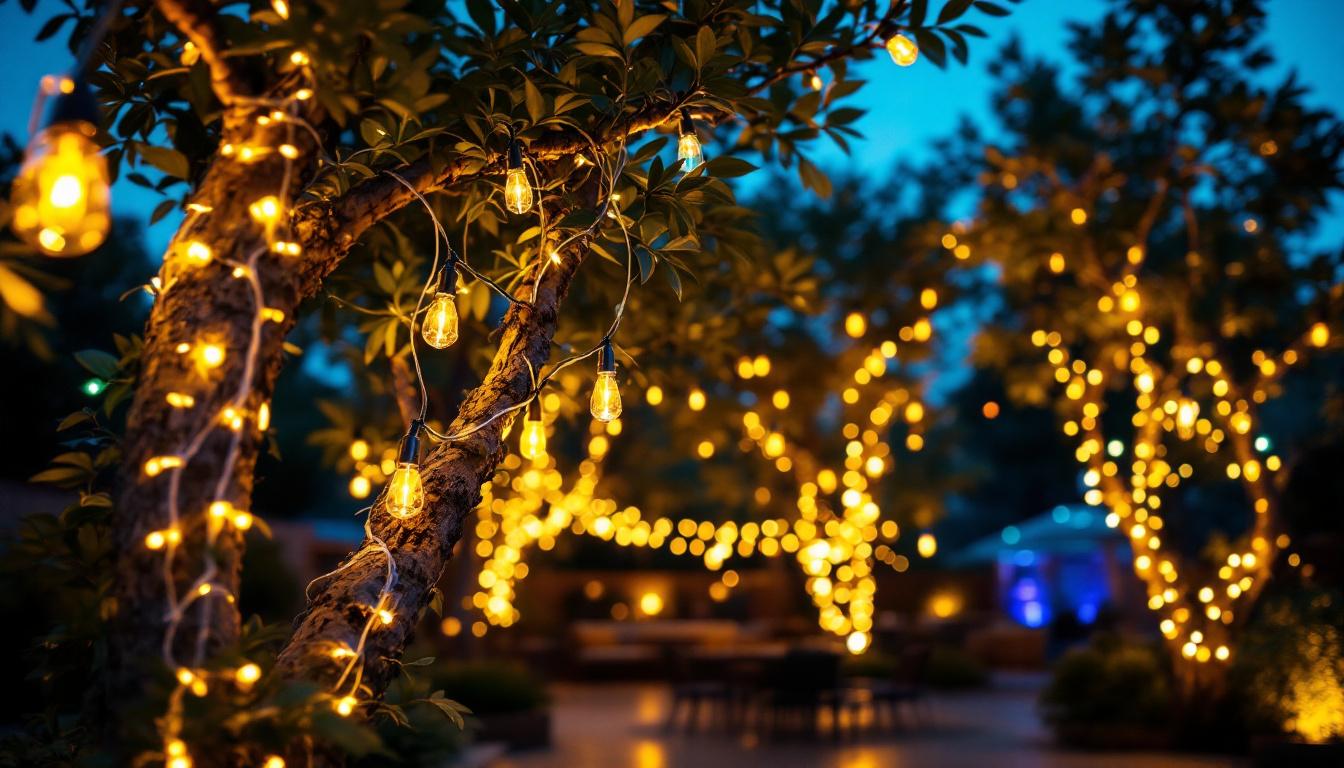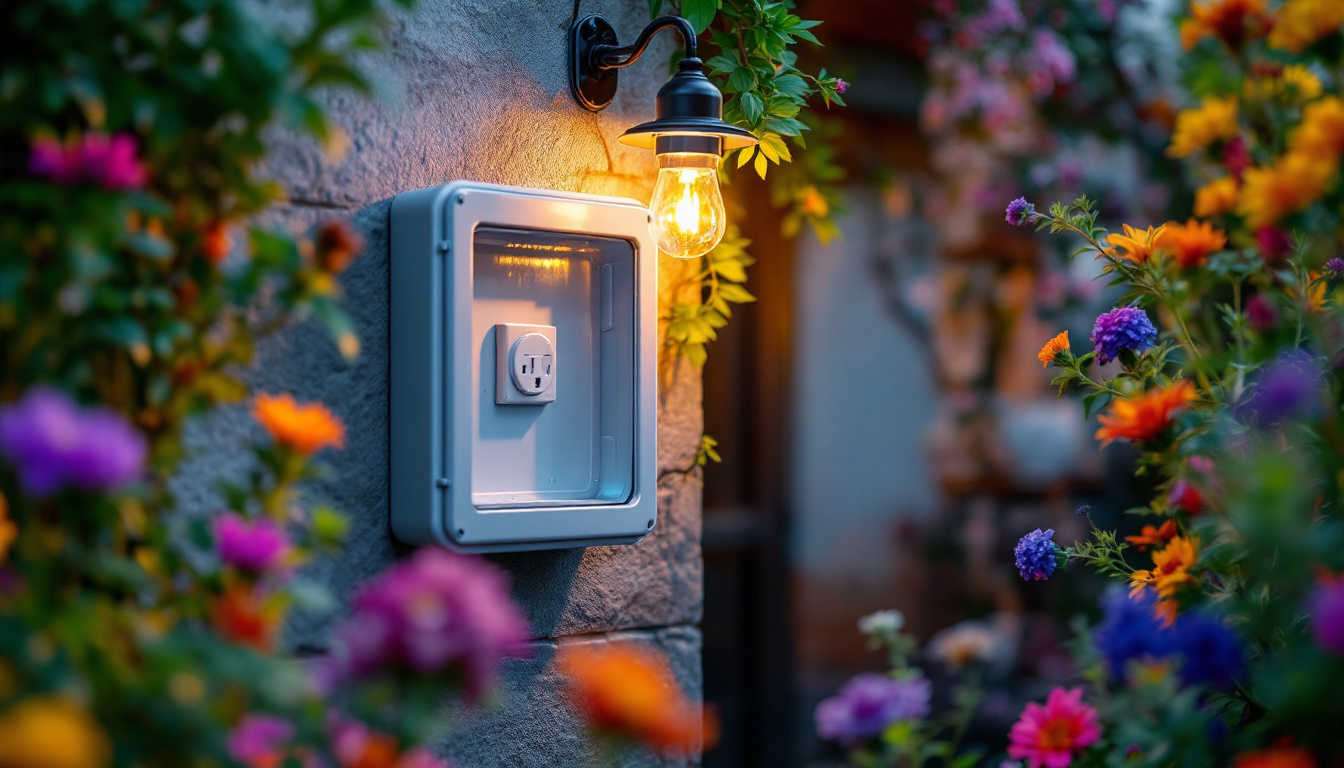
Museum lighting plays a crucial role in enhancing the visitor experience while preserving the integrity of the exhibits. For lighting contractors, understanding the nuances of museum lighting, including the various options available, is essential for creating effective and aesthetically pleasing environments. This article explores the different types of museum lighting, compares them with alternatives, and provides insights on what lighting contractors should consider when making their choices.
Lighting in a museum is not merely about visibility; it serves multiple purposes. It highlights the beauty of the artwork, guides visitors through the space, and ensures the protection of sensitive materials. Proper lighting can transform a dull exhibition into an immersive experience, making it essential for contractors to understand the various lighting technologies available.
Effective lighting can significantly enhance the visitor experience. By using directional lighting, contractors can create focal points that draw attention to specific pieces. This not only improves the aesthetic appeal but also helps in storytelling, guiding visitors through the narrative of the exhibits.
Moreover, the right lighting can evoke emotions, creating an atmosphere that resonates with the theme of the exhibition. For instance, softer, warmer lights can create an intimate setting, while brighter, cooler lights can energize a space. Understanding these dynamics is crucial for lighting contractors when designing museum environments.
In addition to creating focal points, lighting can also influence the flow of foot traffic within the museum. By strategically placing lights, contractors can subtly guide visitors from one exhibit to another, ensuring that they engage with the entire collection. This not only enhances the overall experience but also encourages visitors to spend more time exploring, ultimately leading to a deeper appreciation of the art and artifacts on display.
Another critical aspect of museum lighting is the preservation of artifacts. Many artworks and historical items are sensitive to light exposure, which can lead to fading or degradation over time. Therefore, lighting contractors must be knowledgeable about the types of lighting that minimize damage while still providing adequate visibility.
LEDs, for instance, are often favored for their low heat emission and UV output, making them a safer choice for illuminating sensitive materials. Contractors must balance aesthetic requirements with the need for preservation, ensuring that the chosen lighting solutions do not compromise the integrity of the exhibits.
Furthermore, the implementation of advanced lighting control systems can play a pivotal role in artifact preservation. These systems allow for the adjustment of light intensity and duration, enabling museums to regulate exposure levels based on the specific needs of each piece. By utilizing timers and sensors, contractors can create dynamic lighting scenarios that not only protect the artifacts but also enhance the viewing experience, adapting to different times of day or special events. This level of sophistication in lighting design underscores the importance of collaboration between lighting professionals and museum curators to achieve a harmonious balance between art preservation and visitor engagement.
When it comes to museum lighting, several types of fixtures and technologies can be employed. Each type has its unique benefits and drawbacks, making it essential for lighting contractors to evaluate their options carefully.
Incandescent lighting has been a traditional choice for museums due to its warm color temperature and excellent color rendering capabilities. This type of lighting creates a welcoming atmosphere, making it suitable for galleries that display paintings and sculptures.
However, incandescent bulbs are not energy-efficient and have a shorter lifespan compared to other options. Additionally, they emit a significant amount of heat, which can be detrimental to sensitive artifacts. As a result, while they may still be used in some contexts, many museums are moving towards more sustainable alternatives.
Fluorescent lighting offers a more energy-efficient solution compared to incandescent bulbs. These lights have a longer lifespan and produce less heat, making them suitable for larger spaces. They are particularly effective in areas that require bright, even illumination.
However, fluorescent lights can sometimes produce a harsh quality of light, which may not be ideal for showcasing delicate artworks. Additionally, the color rendering index (CRI) of fluorescent lights is generally lower than that of incandescent and LED lights, which can affect how colors are perceived in an exhibition setting.
LED lighting has emerged as a popular choice for museums in recent years. Known for their energy efficiency and longevity, LEDs also offer versatility in terms of color temperature and intensity. This adaptability allows contractors to create dynamic lighting schemes that can be adjusted based on the specific needs of each exhibit.
Furthermore, LEDs produce minimal heat and UV radiation, making them a safer option for sensitive artifacts. Their ability to provide high CRI means that colors are rendered accurately, enhancing the visual experience for visitors. Despite their higher initial cost, the long-term savings and benefits make LEDs an attractive option for many museums.
When selecting lighting solutions for museums, contractors must weigh the pros and cons of various options. This comparative analysis will help illuminate the best choices for different scenarios.
Energy efficiency is a significant consideration for museums, both from a cost and environmental standpoint. Traditional incandescent lights consume more energy and have a shorter lifespan compared to modern alternatives like LEDs and fluorescent lights. By opting for energy-efficient solutions, museums can reduce their operational costs and environmental impact.
In contrast, while fluorescent lights are more energy-efficient than incandescent bulbs, they still fall short of the efficiency and longevity offered by LEDs. Thus, for contractors looking to provide sustainable solutions, LEDs often emerge as the clear winner.
Color quality is vital in a museum setting, as it directly affects how visitors perceive the artwork. Incandescent lights are known for their warm tones and excellent color rendering, making them suitable for certain types of exhibits. However, they cannot compete with the versatility of LEDs, which can be adjusted to achieve various color temperatures and intensities without sacrificing quality.
Fluorescent lights, while efficient, often struggle with color rendering, which can detract from the visual experience. Therefore, when it comes to showcasing art, LEDs generally provide the best balance of efficiency and color quality.
Heat emission is a critical factor in the preservation of artifacts. Incandescent bulbs generate significant heat, which can be harmful to sensitive materials. Fluorescent lights produce less heat, but still more than LEDs, which are known for their minimal heat output. This characteristic makes LEDs particularly advantageous for museums that house delicate items.
For contractors, selecting lighting that minimizes heat emission is essential in ensuring the longevity of the exhibits. LEDs stand out as the most suitable option in this regard, providing effective illumination without the risk of damaging artifacts.
Choosing the right lighting for a museum involves more than just evaluating the technical specifications of different types of lights. Several additional factors should be considered to ensure a successful installation.
Different exhibits have varying lighting needs based on the type of artifacts being displayed. For instance, a contemporary art exhibit may benefit from adjustable LED spotlights that can highlight specific pieces, while a historical exhibit may require softer, more diffused lighting to create an inviting atmosphere.
Contractors must work closely with curators and exhibit designers to understand the specific requirements of each display. This collaboration ensures that the chosen lighting solutions align with the overall vision and goals of the exhibition.
Budget is often a significant factor in lighting decisions. While LEDs offer long-term savings, their initial costs can be higher than traditional lighting options. Contractors must balance the need for high-quality lighting with the budget constraints of the museum.
In some cases, it may be possible to use a combination of lighting types to stay within budget while still achieving the desired effects. For example, using LEDs in key areas while supplementing with fluorescent lights in less critical spaces can provide a cost-effective solution.
The lighting industry is continually evolving, with new technologies and trends emerging regularly. Contractors should stay informed about advancements in lighting technology, such as smart lighting systems that allow for remote control and automation.
Future-proofing installations by incorporating flexible lighting solutions can save time and money in the long run. By considering the potential for upgrades and changes, contractors can ensure that their lighting designs remain relevant and effective for years to come.
The choice of lighting in a museum setting is a complex decision that requires careful consideration of various factors. From the type of lighting technology to the specific needs of the exhibits, lighting contractors play a vital role in creating environments that enhance visitor experiences while preserving artifacts.
As the industry continues to evolve, staying informed about the latest trends and technologies will be essential for contractors. By understanding the benefits and drawbacks of different lighting options, contractors can make informed decisions that will not only meet the needs of their clients but also contribute to the overall success of the museum.
Ultimately, the right lighting can transform a museum into a captivating space that educates, inspires, and preserves the cultural heritage for future generations.
As a lighting contractor, your choice in lighting solutions can define the success of a museum’s atmosphere and the preservation of history. At LumenWholesale, we understand the importance of marrying aesthetics with functionality. That’s why we offer an extensive range of high-quality, spec-grade lighting products at wholesale prices that defy industry markups. With our commitment to quality, affordability, and convenience, you can ensure that your museum lighting projects shine brightly, captivating visitors and safeguarding exhibits. Elevate your lighting game and explore our collection for Wholesale Lighting at the Best Value, complete with free shipping for a seamless bulk buying experience.

Discover why outdoor LED motion detector lights are essential for lighting contractors.

Discover the essential insights lighting contractors need to know about LED outdoor color-changing string lights.

Discover how to enhance your outdoor lighting setup with waterproof electrical boxes.

Discover the essential guide for lighting contractors on selecting the perfect 4-inch LED recessed lighting.